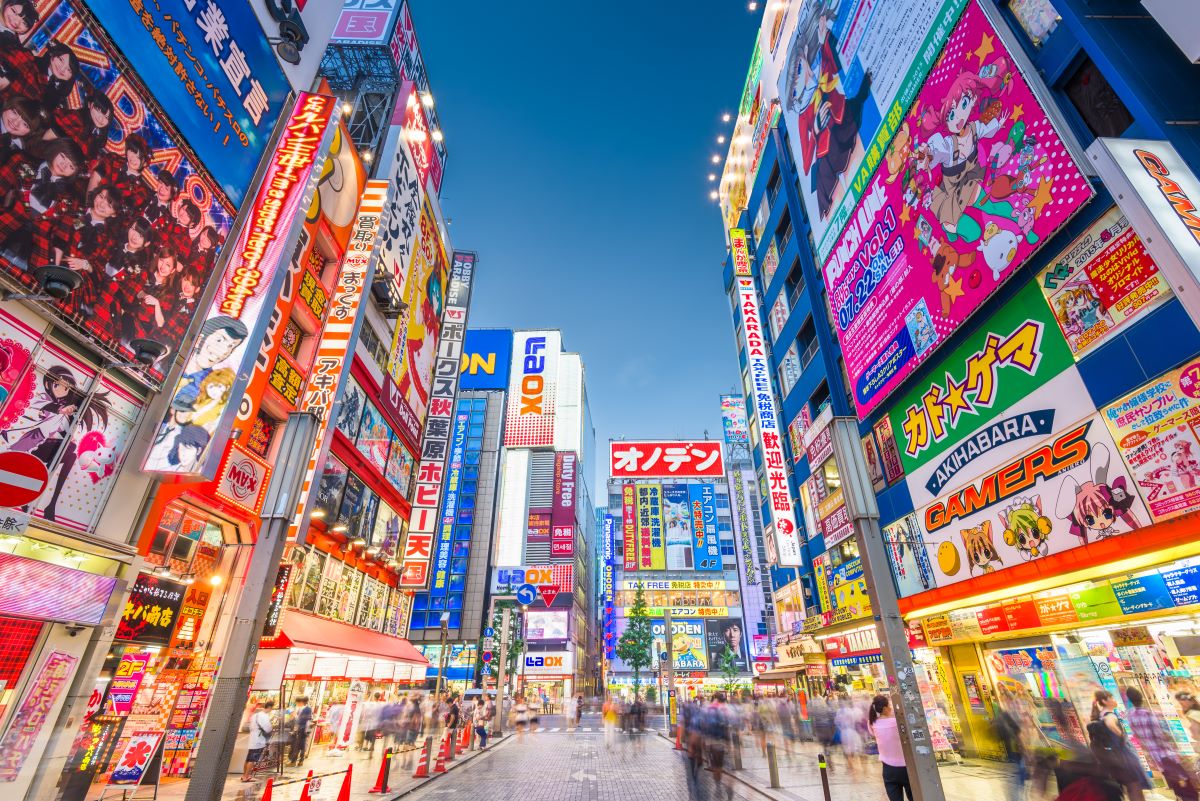With a distinct animation style, spectacular graphics, and unique storytelling, Japanese anime has taken the world by storm. Over the past two years, the worldwide demand for anime content, an artform originating in Japan, surged nearly 118%, making it one of the fastest-growing content genres, indicates a report by Parrot Analytics.
In 2022, the global anime industry reached a market value of $29.11 bn as per Polaris Market Research. It is projected to grow at a CAGR of 9.5% between 2023 and 2032. Developments in advanced technologies such as Artificial Intelligence (AI), Virtual Reality (VR), and Augmented Reality (AR) are expected to fuel the anime market expansion even further.
However, in recent times, the deployment of AI in the Japanese anime sector is also seen critical, as the technology has begun to take over the work originally done by animators.
The emergence of AI in the Japanese anime industry
While the anime industry is flourishing by leaps and bounds, it is also notorious for low pay and overwork. Animators, also called “genga-man”, and illustrators earn as low as $200 per month, a report in the New York Times revealed. Even freelancers work under heavy pressure and spend many days without leave. A lot of workers are exiting the industry due to these exploitative practices and the work-pay mismatch.
At the root of the problem is the money flow structure within the industry which restricts the profit-earning capacity of the studios. Most of the profits flow to the production committees which are a group of comic publishers (Manga), toy companies, gambling parlours (pachinko), or gaming companies. They enjoy the royalties, while the studios are given a fixed fee. While this helps the studios to stay cushioned against losses, they cannot get the extra profits that the anime industry has been earning.
To deal with the labour exit crisis, many anime companies have started employing AI as an alternative. As anime creation is a labour-intensive process, AI is being used to complete the work in a fraction of the time. Many studios are relying on machine learning and AI to create complex visuals at a faster pace. Even Natural Language Processing (NLP) is being used to translate manga’s unique language and speech in text boxes.
Viewers’ reaction to AI in Anime
Views haven’t been quite impressed with the use of AI in Japanese anime. Netflix drew a lot of flak after it used AI to create backgrounds for its short film called ‘The Dog & The Boy’. While Corridor Digital’s anime ‘Rock, Paper, Scissors’ was also severely criticised on grounds of plagiarism, artistic flaws, and the lack of style. Makoto Tezuka, the director at Tezuka Productions feels, “AI struggles to create a fictional world, with all its ambiguities and subtleties, and plotlines like a human can.”
At the same time, animators in Japan also fear that there could be copyright infringement of their work as these laws aren’t too stringent in the country.
Will AI replace the animators completely?
Several experts laud the usage of AI in anime and believe that it will play a crucial role in the industry. However, it is unlikely that AI would replace human animators completely. Animation demands profound storytelling skills, a deep knowledge of motion and timing, and immense creativity.
“I hope that AI will not take away from creators but will instead encourage them to expand their businesses,” opined Tezuka. As a result, artists would continue to be in high demand. The animators can co-exist with AI and leverage them for doing repetitive tasks, enhancing the effects, or generating in-between frames.
According to industry estimates, there are about 5,000 anime artists and creators in Japan.










 Australia
Australia China
China India
India Indonesia
Indonesia Japan
Japan Malaysia
Malaysia Philippines
Philippines Singapore
Singapore South Korea
South Korea Taiwan
Taiwan Thailand
Thailand Vietnam
Vietnam Germany
Germany Hong Kong
Hong Kong USA
USA Switzerland
Switzerland Singapore
Singapore
 United Kingdom
United Kingdom







